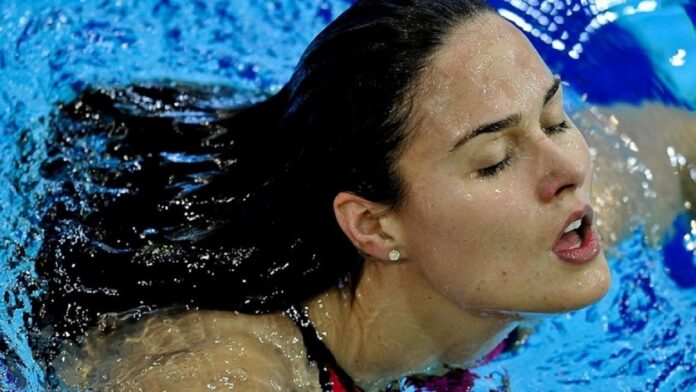Probably there is no exercise quite as good as swimming, and it isn’t very sure if who can name a better or cleaner sport.
It is an essentially social sport where both males and females can equally participate and where the good and the not-so-good can mix to enjoy the same sport at the same time.
But who must enjoy swimming in the right places otherwise, death or injury can easily result? Now, the question is, Where are the right places to swim?
The only places where people should swim are those places where there are others swimming, in places generally recognized as safe swimming pools.
Never go swimming alone.
If, for some reason, you suddenly find yourself in difficulties, the lack of company could mean your death. Do not swim for at least an hour after a meal. Stomach cramps are dangerous, especially for those who are not proficient masters of aquatics.
What lies on the bottom?
Rivers and dams and rock pools are hazardous places to swim even in the company unless the swimming area has been thoroughly tested and dangers wholly removed.
In all places, there may be snags, tree roots, reeds, sticky mud, and so on, all of which at some time have claimed the lives of quite good swimmers.
Currents in rivers and at the beach are hazardous, and to swim against them can be fatal.
If at the beach during the holidays, swim between the flags and always remember that they were put there by lifesavers who know the beach better than you do regardless of how good a swimmer you are.
Diving is hazardous
if it is done into unknown water. What lies beneath the water? Unless you know very surely, walk or jump into the water and then only if you have to, because you naturally wouldn’t swim in a place not thoroughly known and used as a public swimming place.
Even running about the edge of a pool may cause a severe accident. Many people have had severe accidents when they have slipped on wet, slippery concrete or tiles or rocks.
Everyone should be able to swim.
Children especially should be encouraged to learn. This is very necessary for personal safety and enjoyment.
Parents should make every effort to have their children taught to swim and be sure their children do not swim in any but the correct places or go out in rowing boats or canoes unless they can swim.
When people can swim, they should then learn the essentials of lifesaving and water safety.
Sunburn can be a serious matter.
It can cause numerous skin complaints and a difficult time for those people affected. The sun’s rays are good for you in moderation. Too much sun is hazardous, both to the skin and general health.
People with fair skin burn easily. They should wear an adequate covering. Children who sunburn easily should wear a light shirt when they go swimming.
The length of time spent exposed to the sun should be very slight, to begin with, and each day a little longer time should be allowed so that who can build up some degree of resistance to sunburn.
If someone were in difficulties, could you save that person from drowning even if you couldn’t swim?
Who could avoid nearly all drownings just by applying commonsense on the swimmers or a little knowledge on the part of an onlooker?
A person who can swim has no right to be in deep water. Those who can swim wouldn’t get into difficulty if they obeyed the simple rules of water safety, many of which are mentioned above.
However, people do get into difficulties, and it may be worth remembering the following brief points:
Unless you are a qualified lifesaver, do not go near a drowning person. He could pull you down too.
Look for something to throw to the drowning person. Throw out to him a rope, a long stick, a tube, a log, etc. Anything that will float may save his life. Anything he can hold while you pull him in will save his life.
Sticks, strips of bark, ropes, ropes of towels, clothing, of the way to the patient and try to console him. After telling him what you intend to do, Swim behind him and seize his hair, cap, or collar in one hand and swim side-stroke, keeping your arm straight.
If you should drag an unconscious person from the water, commence artificial respiration immediately, and send for or call out for a doctor. Do not stop artificial respiration until a doctor tells you to do so.
For More Exercise Updates and Information about Swimming Tips for Experienced and Beginners Swimmers, Visit eHealth Spider and Follow Us on Facebook.









